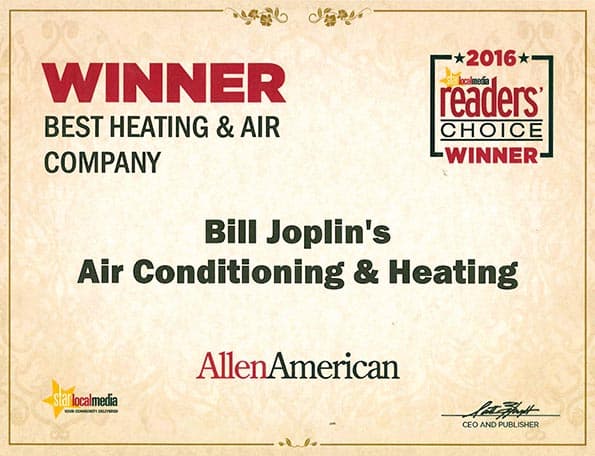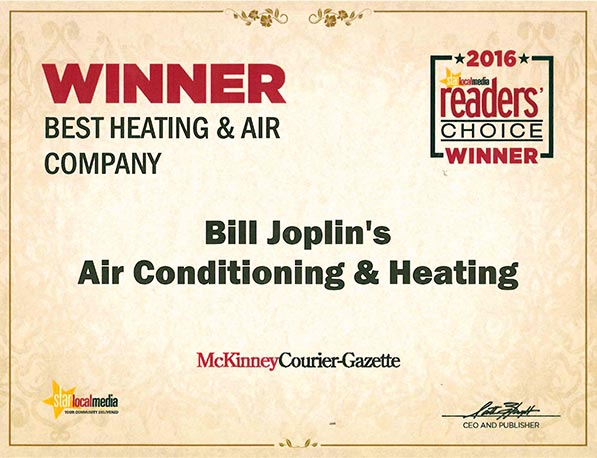Annual fuel utilization efficiency, or AFUE, is a measure of the efficiency of a furnace. When you shop for a new furnace, you will find this number displayed on each unit to help you compare the various models. The AFUE number represents the percentage of energy that is turned into useful heat for your home. The difference is the amount of heat that is lost through the chimney. It does not account for losses through inefficiencies in ductwork, which can be substantial if the furnace is installed in an unconditioned space.
All-electric furnaces have the highest AFUE ratings. However, because of the costs of electricity, it may still cost more to operate an electric furnace. If you are concerned about the environmental impact of your furnace, an all-electric model may be a good choice because of the low emissions.
When choosing a gas and electric furnace, remember that higher furnace efficiency ratings mean higher costs up front. The additional cost can generally be recouped through lower energy bills. The time it takes to recover the costs depends mostly on the energy efficiency of your home and the gas and electricity rates. Condensing furnaces offer the most efficiency, but they may not be necessary in the mild Texas climate.
If your older furnace does not have an AFUE rating, you can estimate its efficiency by examining its features. The furnaces with the lowest efficiency have a continuous pilot light, a heavy heat exchanger and produce heat by natural draft. Mid-level efficiency models use an electronic ignition, a narrow flue pipe and use an exhaust fan to produce heat. High-efficiency models have sealed combustion and use two heat exchangers to produce heat.
For more information about furnace efficiency ratings or for help choosing a new furnace, contact Bill Joplin’s Air Conditioner and Heating.




